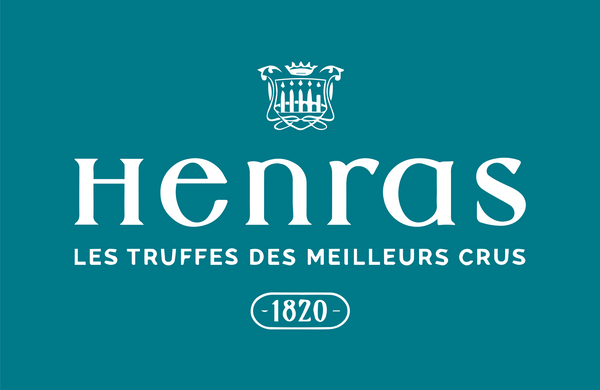
If the truffle invites itself on the most beautiful tables, it remains no less mysterious, which is why today we are going to reveal some secrets to you.
WHAT IS A TRUFFLE?
The truffle is not a fungus , it is the reproductive organ ( carpophore ) of an underground fungus ( hypogeum ). It is the development that allows it to reproduce itself. It contains its seed, the spores, and it will allow the fungus to reproduce by releasing the spores it contains into the soil.

The truffle is connected to the network of the fungus of which it is a part by the mycelium . It is a vast network of underground filaments that irrigates the truffle with nutrients and other organic substances. Truffles are usually found 25cm deep, although some grow up to 80cm deep in softer soils .
The mycelium comes into contact with the small roots of the trees, it develops in the form of sheaths around the roots which create an anchor between the tree and the fungus , this link between the tree and the truffle is called mycorrhiza .
An unbreakable link that allows both parties to exchange nutrients necessary for the development of the two plants. The tree uses the mycelium to supply itself with minerals necessary for photosynthesis and the mycelium recovers vital nutrients thanks to the photosynthesis of the tree. It is the symbiosis of the truffle and the tree, a balanced association orchestrated by nature.
THE DEVELOPMENT OF THE BLACK TRUFFLE
At the end of winter, the soils in which grow the black truffle (tuber melanosporum) are devastated, the frost and its destructive power on the truffles have ravaged the last survivors of the truffle growing season . However, the mycelium is still alive. A few filaments, supported by the

mycorrhizae resist and will give birth to a new fungus.
In April, the first spring rains wake up the still sleeping nature, and the mycelium slowly develops its network of underground filaments. Its reproductive organs also develop and give birth to truffles .
In June, the drought due to the sometimes scorching climate destroys the mycelium and the truffle will cut the cords with the network of the fungus , so it is alone that the truffle will continue its development. Thanks to residual filaments, it will pump the nutrients necessary for its survival directly into the soil, completely replacing the action of the mycelium .
In August , the summer storms allow the truffles to gorge themselves with water and thus gain weight. In the best years, tubers can grow beyond 500 grams!
Autumn gives the truffle time to mature, it will turn brown under the phenomenon of melanization and release its unique organoleptic aromas .
The beginning of winter announces the truffle season for the pleasure of gourmets. It will still be necessary to wait until the beginning of January for the black truffle tuber melanosporum reaches full maturity. It is during this season that it is transformed into a culinary jewel, a jewel of French gastronomy.
AND THE DEVELOPMENT OF OTHER TRUFFLES?
All truffles follow the same pattern of development and growth, some later or conversely much earlier. However, the process remains unchanged. As you may have read in our pages for each variety of truffles , there are differences in the places of truffle cultivation , the climate and the periods of digging , but not in the way the truffle develops.
HOW TO RECOGNIZE A FULLY MATURITY BLACK TRUFFLE?
The black truffle , like its sisters, has certain characteristic features. First of all, it gives off an aroma present only in the animal kingdom, musk . This typicality makes it a highly prized product in gastronomy.

Other than its smell, an extra black truffle can be recognized by its appearance. She has an ebony black dress that tends slightly towards brown. Its flesh is dark brown and may be accompanied by eggplant chips. Its flesh is furrowed with very fine white veins . The density of a truffle is also important, it must be firm to the pressure of the fingers, an additional guarantee of quality.
If you do not want to embark on this type of expertise, and risk offending the truffle growers by taking truffles by hand from a truffle market to check their densities, it is also possible to buy fresh truffles from a trader such as Maison Truffes Henras 1820 .
The truffles will then be cleaned, sorted and canified to ensure the quality of the product. It will be sold more expensive than on a truffle market but you will avoid the inconvenience of falling on a truffle of another variety, spoiled or even a truffle without taste or flavor of uncertain origin.